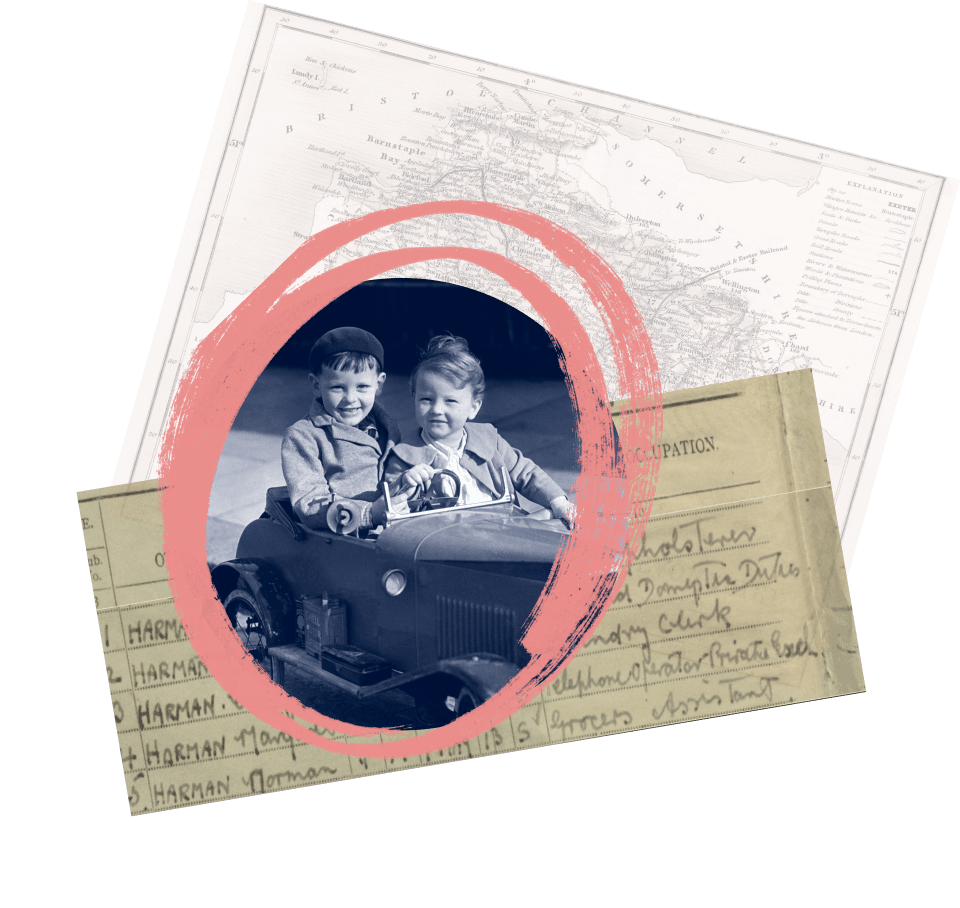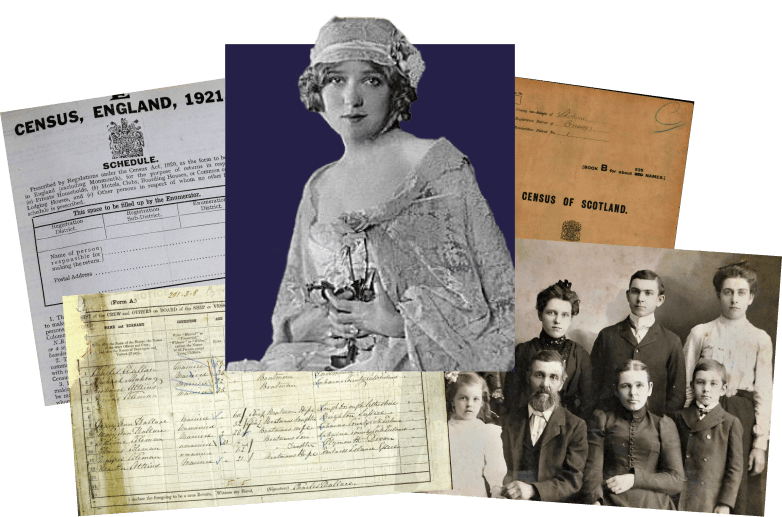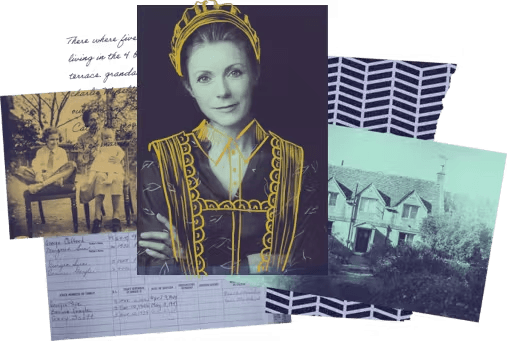Search 1911 Census For England & Wales

Who are you looking for?


Who are you looking for?

The 1911 census for England and Wales is available in full, with the original household pages and summary books available to view. Search for your ancestors amongst more than 36 million records for those who were living in England and Wales on 2 April 1911, and discover a detailed snapshot of their life at the time - their age, occupation, where they lived, who they lived with, their marital status and many more details about their lives and relationships thanks to the addition of several new census questions.

The amount of information listed varies, but the 1911 census records usually include at least the following information about your ancestor:
Also, depending on an individual's circumstances, additional information could include:
On the 1911 census transcriptions, you'll also be able to see any recorded details of children born to women in prison who were aged three or under at the time of the census.
For the first time ever, we've made the infirmity column of the 1911 census available for you to view. See how your ancestors reported your family's Illnesses and conditions and the age at which these began. This can provide a revealing insight into the previously censored health of your family in 1911, as well as your ancestors' views of their relations' well being.
As well as searching for a person, you can also search the 1911 census by address - ideal for tracing your house history or exploring the local history of an area.
By noting how many households there were in a building, and whether the household included servants or boarders or visitors, you can gain insight into the social circumstances of the family.
Related Images
Related images include the cover and address forms for the Household Schedules and the Enumerator’s summaries. These images offer valuable contextual information and give details of the enumerator’s ‘walk’ which illustrates how the census was collected and compiled. Interesting additions include the type of dwelling occupied and a note of any empty buildings. These images can be accessed by clicking on the ‘related images’ icon when viewing a household return.
The 1911 census for England and Wales was taken on the night of Sunday 2 April, 1911. The count included all individual households, plus institutions such as prisons, workhouses, naval vessels and merchant vessels, and it also attempted to make an approximate count of the homeless. The census also includes records for the Channel Islands, the Isle of Man, Royal Navy ships at sea, and overseas military establishments.
The 1911 census documents
Prior to 1911, the household schedules were destroyed once the details had been transferred into the enumerators' summary books. But for the 1911 census both sets of records have been preserved, which means you can see the census documents filled out in your ancestor's own hand (complete with mistakes and additional comments). The household schedules, plus their transcription, are available to view.
Fertility in marriage and occupational data
In response to government concerns the 1911 census also asked additional, more specific questions to each household, about fertility in marriage and occupational data. At the time there were falling birth rates, large numbers of people emigrating, and the nation was in reportedly poor health across the demographic spectrum. This was coupled with the rise (and fall) of businesses during what were rapidly advancing industrial and technological times, so the government felt it necessary to understand more about the health of the nation, and which industries were in general growth or decline.
The 1911 census and the suffragettes
Frustrated with the government's refusal to grant women the vote, a large number of women boycotted the 1911 census by refusing to be counted. There were two forms of protest. In the first, the women (or their husbands) refused to fill in the form, often recording their protest on the household schedule. In the second, women evaded the census by staying away from their home for the whole night, and so did not lodge their protest on the household schedule. In both cases, any details relating to individual women in the households will be missing from the census. For the family historian, a refusal to fill in the form (accompanied by a protest statement) at least registers the presence of a woman, or women, in the household. But the women who evaded the count by leaving their home for the night are entirely untraceable via the census. The exact number of women who boycotted the census is not known, though some people have estimated that it may be as many as several thousand.
Damaged records
The collection of household schedules is complete, although around five per cent sustained water damage many years ago. All records have been scanned and transcribed, though inevitably the water-damaged documents are of poorer quality. A small portion of the enumerators’ summary books are missing from the archives and therefore will never be available to view online.
© Crown Copyright Images reproduced by courtesy of The National Archives, London, England.
www.nationalarchives.gov.uk
The National Archives give no warranty as to the accuracy, completeness or fitness for the purpose of the information provided.
Images may be used only for purposes of research, private study or education.
Applications for any other use should be made to:
The National Archives Image Library
Kew
Richmond
Surrey
TW9 4DU
Tel: 020 8392 5225
Fax: 020 8392 5266

Take a look at these other related record sets suggested by Findmypast’s genealogy experts.